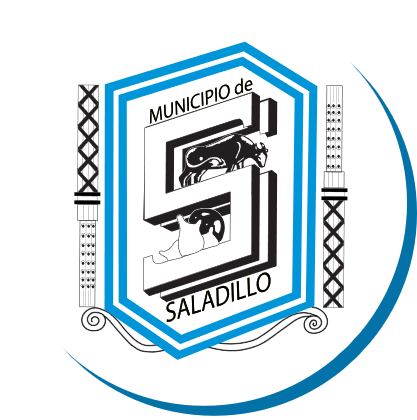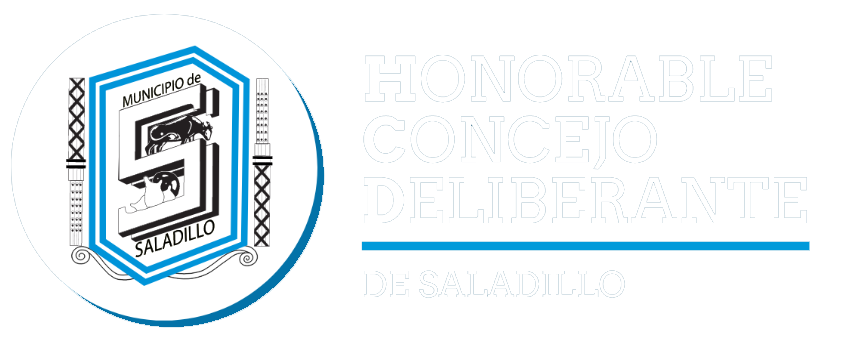Whereas MongoDB’s knowledge mannequin, which frequently stores related data inside a single document, can cut back the necessity for complex, multi-document transactions, the availability of ACID compliance is a big benefit. PostgreSQL, being a relational database, offers a full guarantee for atomicity, consistency, isolation, and durability (ACID). PostgreSQL ensures atomicity by making sure each transaction fails or succeeds as a singular unit. It ensures isolation by providing totally different levels of transaction isolation from read committed to serializable.

International Key Support
PostgreSQL’s support for SQL-based querying, including joins and advanced aggregation capabilities, is advantageous when your application wants complicated reporting, data evaluation, and enterprise intelligence capabilities. MongoDB is a document database and makes use of BSON for processing its data whereas PostgreSQL is a relational database that uses conventional SQL for its processing. Airbyte has 350+ built-in knowledge connectors to relational databases, like Postgres, non-relational databases, like MongoDB, and hundreds of different sources and locations.
MQL is designed for flexibility and expressiveness, enabling nested queries and deep filtering of document buildings. MongoDB additionally helps aggregation pipelines, permitting for the processing of documents through a sequence of operations like filtering, grouping, and sorting. PostgreSQL is an object-relational database management system that uses tables, rows, and columns to store information. The performance and scalability of database management techniques are critical for organizations managing and analyzing massive volumes of information https://www.globalcloudteam.com/. PostgreSQL and MongoDB present distinct benefits and challenges that cater to totally different application needs. MongoDB is suited to use circumstances corresponding to real-time applications the place fast updates and flexible schema are essential.
The PostgreSQL International Improvement Group maintains the relational database and provides intensive documentation and group assist. MongoDB utilizes its personal query language, MQL (MongoDB Question Language), to extract knowledge and helps queries with a JSON-like syntax. It additionally supports aggregation pipelines for superior information manipulations, making the question language MongoDB makes use of fairly versatile. The platform presents a range of security features, including network entry control, encryption at rest and in transit, and auditing.
Query Language And Capabilities
When beginning a brand new project, one of the issues builders can battle with is choosing a stack. Zeroing in on the right technology to resolve a problem is often a nerve-wracking experience. Databases in particular can be challenging to settle on, especially if you’re unclear about how your data will be used. It’s postgresql mongodb also frequent that Postgres and MongoDB co-exist inside a corporation. And if you need to handle the database developmentlifecycle for both of them, please check out Bytebase.
MongoDB’s horizontal scalability and high availability mean it’s ideal for dealing with transactional data in financial techniques. Availability ensures that even throughout a server outage, there’s no data downtime. MongoDB makes use of primary node replication, which duplicates knowledge into replica units. A singular main node receives the writes, and secondary nodes then replicate this data AI in automotive industry.
Doc databases, like MongoDB, assist horizontal scaling via sharding to help deal with large datasets and excessive traffic. MongoDB also supports load balancing through sharding, distributing information across a quantity of servers to boost performance and availability. Moreover, MongoDB is considered one of the few databases able to making certain both flexibility and robustness in transactions, combining the strengths of the doc mannequin with ACID ensures. On the other hand, MongoDB, a NoSQL database, defines data relationships using embedded paperwork or references. This approach allows for versatile and scalable information storage, accommodating a variety of information types, including JSON paperwork, binary information, and geospatial data. MongoDB’s document database model supports nested documents and arrays, offering a versatile solution for storing and querying massive quantities of unstructured data.

To assist you to decide which one is finest on your wants, let’s dive into the MongoDB vs. PostgreSQL debate by discussing their key options and looking out at the 5 major differences between the two. This means you can download, modify, and distribute it with none licensing fees. It’s an excellent choice for companies and people in search of a powerful, feature-rich database with out incurring software program costs. Moreover, PostgreSQL is taken into account to be extremely secure as the group took additional steps to focus on safety by actively releasing updates.

Choose from information integration strategies similar to ETL, ELT, ReverseETL, CDC, and more. Determining probably the most suitable database administration system for a selected use case is crucial in maximizing the efficiency and functionality of an software. MongoDB and MySQL, two distinguished contenders within the database landscape, cater to totally different use cases primarily based on their distinctive strengths and capabilities. PostgreSQL has a monolithic structure, which means that the parts are fully united. This additionally implies that the database can solely scale as much because the machine running it.
- MongoDB additionally helps database transactions throughout multiple paperwork allowing bits of associated modifications to be rolled back or dedicated as a group.
- These instruments permit users to easily manage and monitor replication setups, making certain information redundancy and consistency throughout multiple cases.
- This operate is very useful if you question knowledge across a number of tables, utilizing the relationships you define to attach information units.
- PostgreSQL also helps synchronous replication, where a transaction is not thought of committed till all replicas have confirmed receipt of the transaction.
MongoDB has the potential for being ACID Compliant whereas PostgreSQL has it built-in. The ACID properties are the fundamental properties of databases so that transactions could be tracked correctly. This article provides you with a complete evaluation of both databases and highlights the most important differences between them to assist you make the MongoDB vs PostgreSQL determination straightforward. It additionally provides you a brief overview of both databases along with their options.
Postgres has an extensible architecture and continues to be maintained by the community. The Postgres ecosystem isthriving in latest times, it has a plethora of extensions makingit more capable of handling totally different workloads than other databases. And because of its liberal license andsolid architecture, for every utility platform providing a hosted database service, all of them select Postgres. In distinction, MongoDB’s RBAC is targeted on defining roles and permissions at a broader stage, similar to limiting entry to specific collections or databases.

